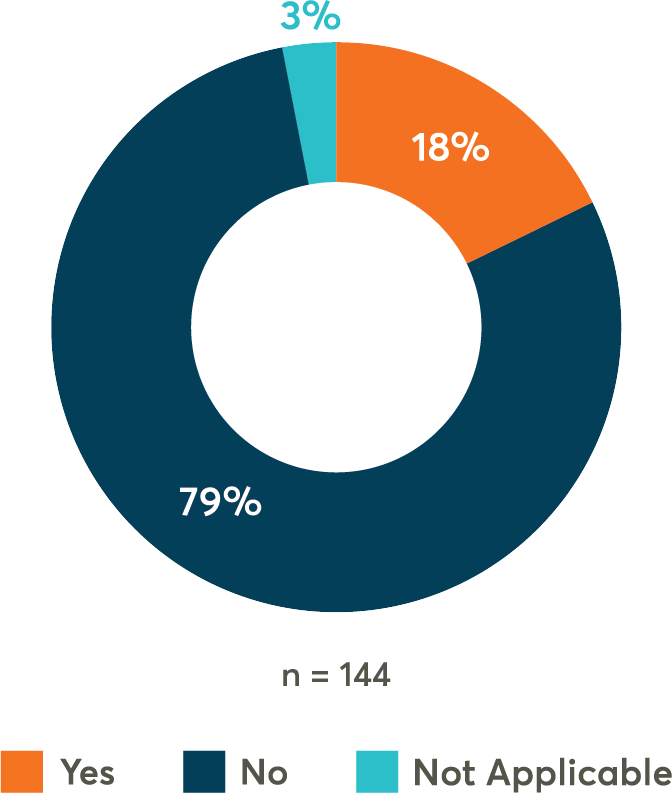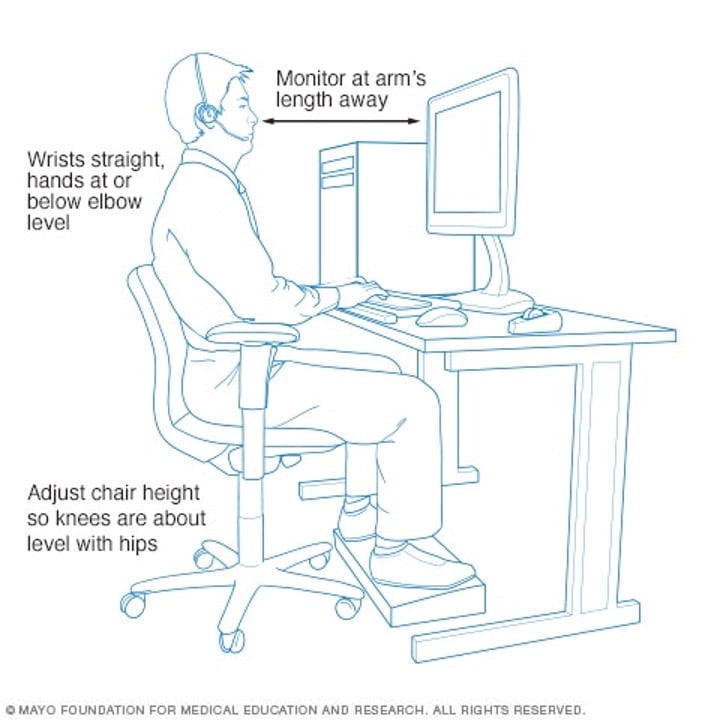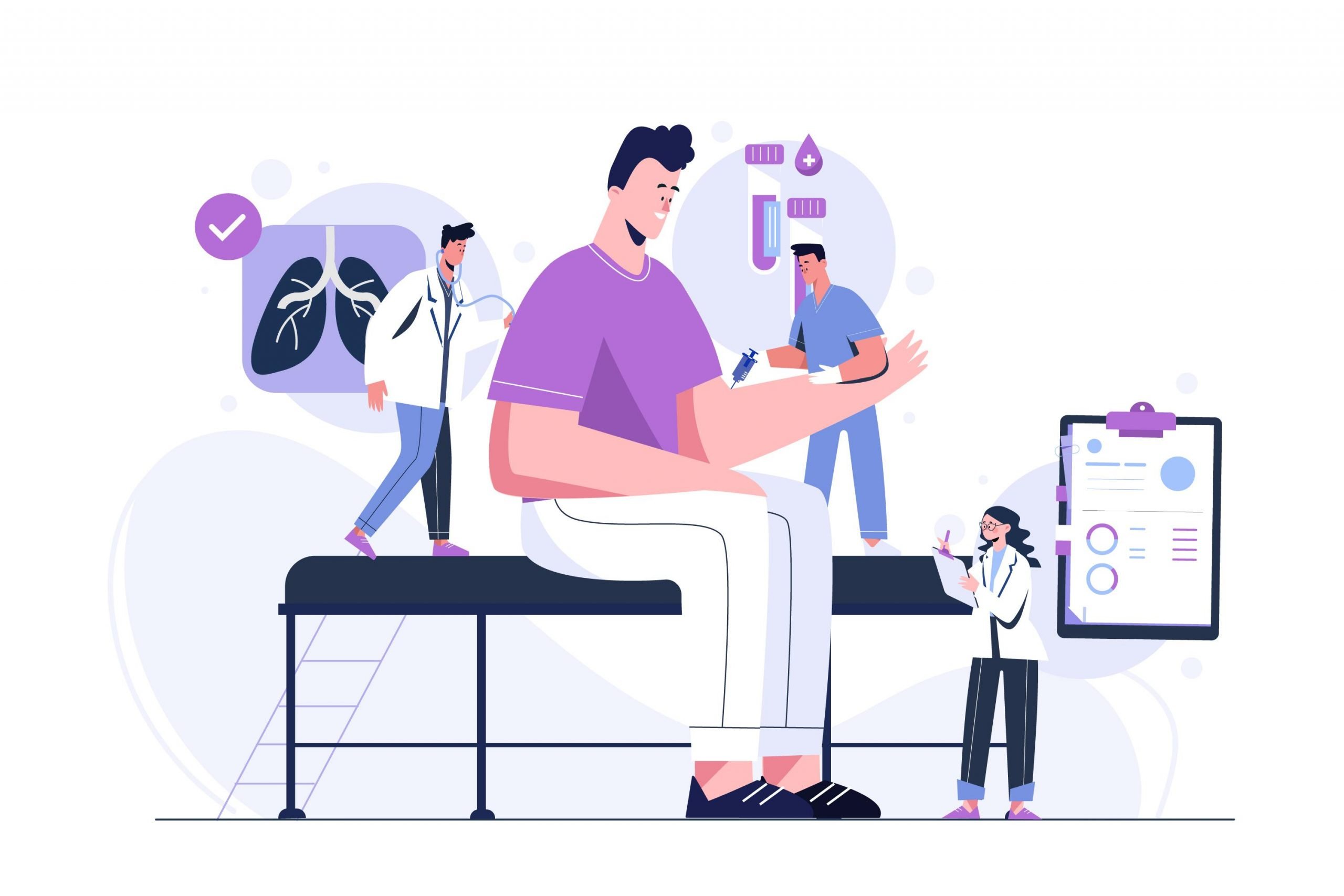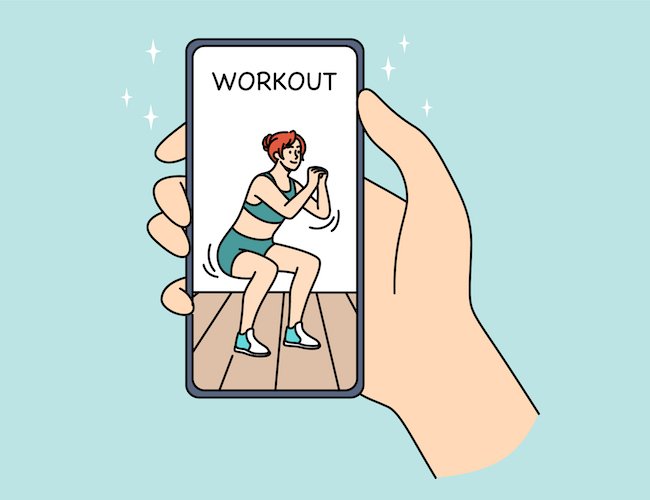Every month, Wellable asks a single question to the large, growing, and dedicated community of human resources and wellness professionals subscribed to the Wellable Newsletter. The question for April explored how many employers were implementing targeted programs to address employee back pain from prolonged sitting. Of the 144 employers that Wellable polled, less than one out of five are implementing programs to reduce back pain. The vast majority (79%) do not have a program in place.
Question: Does your organization have a strategy or program to help employees address and reduce back pain from prolonged sitting?

Given the connection between prolonged sitting, back pain, and lower productivity, it is a bit surprising that so few companies are helping employees deal with this health concern. Although numbers vary, studies clearly show that prolonged sitting—even as little as four hours a day—is clearly linked to low back pain. One study of call center employees, who sit for almost their entire shift, found that 75% of the participants reported some level of either chronic or acute back pain.
This is why low back pain is an important public health concern in all industrialized countries and something employers should take seriously. A study of studies found that low back pain is the leading cause of disability in persons younger than 45 years old and comprises approximately 40% of all compensation claims in the US. With more than one-quarter of the working population affected by low back pain each year and a large percentage of claims resulting in long durations of missed work (more than 90 workdays lost), employers have a strong economic incentive to implement programs to reduce the number of employees feeling the impact of sedentary work life,
Fortunately, there are several ways employers can help reduce low back pain. Below are a few examples.
- Educate On Proper Sitting Behavior: The study of call center employees also found an association between sitting behavior and chronic low back pain. Employers can provide group or individual ergonomics consultations to educate employees on how to properly sit (posture, chair height, etc.) as well as the importance of taking sitting breaks.

- Improve Workstations: Not all office furniture is created equal. Employers can address low back pain by investing in better workstations for employees. These improvements may include chairs that support the spine as well as have adjustable heights and armrests to account for different body types. Companies can also provide adjustable standing desks, which will allow employees to take a break from sitting without having to stop working. Similar to educating employees on proper sitting behavior, employers need to ensure employees know how to use a standing desk properly. For employers planning to support remote work, home office stipends may be an option to ensure workstations outside of the office meet certain criteria.
- Promote Physical Activity: Core muscles around the pelvis, lower back, hips, and abdomen support the spine and reduce strain on the back from sitting. Employers can promote activities that help strengthen the core to reduce low back pain. Stretching can also help reduce low back pain. There are a number of ways to promote physical activity, including gamified wellness challenges, resources for at-home workouts, walking meetings, and more.
Despite overwhelming evidence supporting employers develop programs and policies to address low back pain, companies continue to underinvest in this area. The cost of inaction, especially in the context of increasing remote work arrangements, is staggering. There are small and affordable things companies can do immediately to help.












